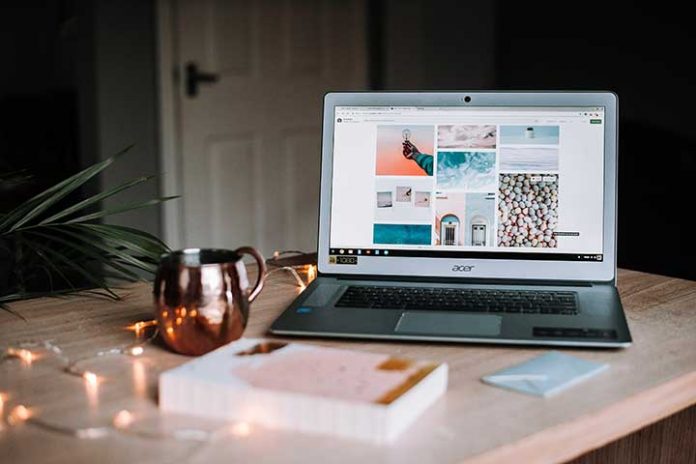Before creating a web page or mobile application, it is important to determine its design and establish the elements that we want to incorporate in each section. Thus, it becomes essential to know what a Mockup is and what it is for.
Would you like to discover how a Mockup can help you develop your digital platforms? Stay and read this post; we will show you everything you need to know below!
What is a Mockup?
The term Mockup is widely used among graphic designers since it corresponds to an assembly or sketch that shows the client the final result of a project. Thus, a model can be made that shows how a logo would look, the packaging of a product, the aesthetics of a website, or the structure of an app.
In this way, we can create a simulation that allows the client to have a more realistic idea of how the requested work will look.
What is a Mockup for?
Making Mockups has spread over recent years due to the benefits it brings. Thus, thanks to this resource, customers will change the elaborated design, including and removing elements, colours, shapes, or fonts simply.
This will directly save time and money since it is unnecessary to have the web page or the application created to make changes. Similarly, in the case of product packaging, printing will not be required to start showing the prototypes to the customer.
In addition, another of the great opportunities of Mockups lies in the detection of problems or deficiencies that the project has, being able to solve these dilemmas quickly.
When should we use this resource?
Mockups are usually used in the initial phase of the development of a project, such as creating a website or an app, for example. Thus, the platform’s appearance is presented, while a quality control of it is carried out.
Through Mockups, it is possible to maintain greater coordination with the client, obtain better feedback regarding the project’s characteristics, and become a very suitable technique for testing and perfecting the design of any job.
How can I create a Mockup?
Finally, to find out as much information as possible about Mockups, we couldn’t forget to mention how we can create them.
In this sense, we find different tools that will allow us to develop our desired sketches without any complexity. Gliffy, Cacoo, and Mockflow stand out among the best-known platforms, which have full free versions with numerous functionalities. On the other hand, if we prefer to use paid media to make entirely professional Mockups, we can opt for CreativeMarket and Envato Elements, offering us greater customization regarding the design.
As has been observed throughout the article, the preparation of a Mockup will help visualize the evolution of any project before starting its development and, thus, be able to make the desired changes with time savings. And money.

